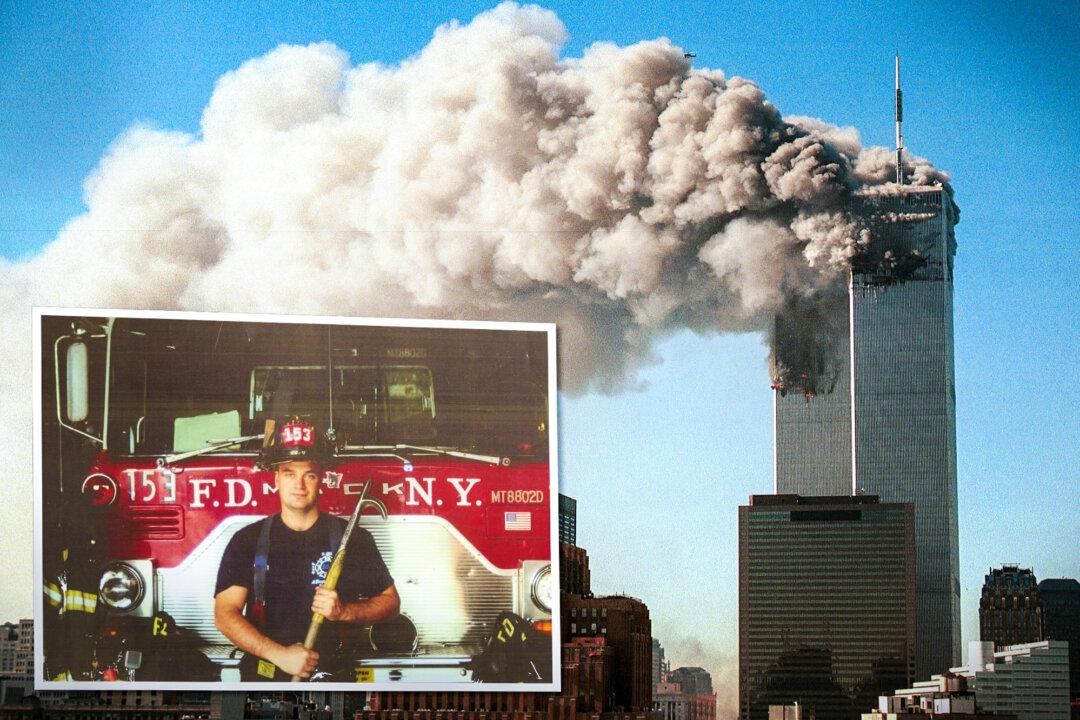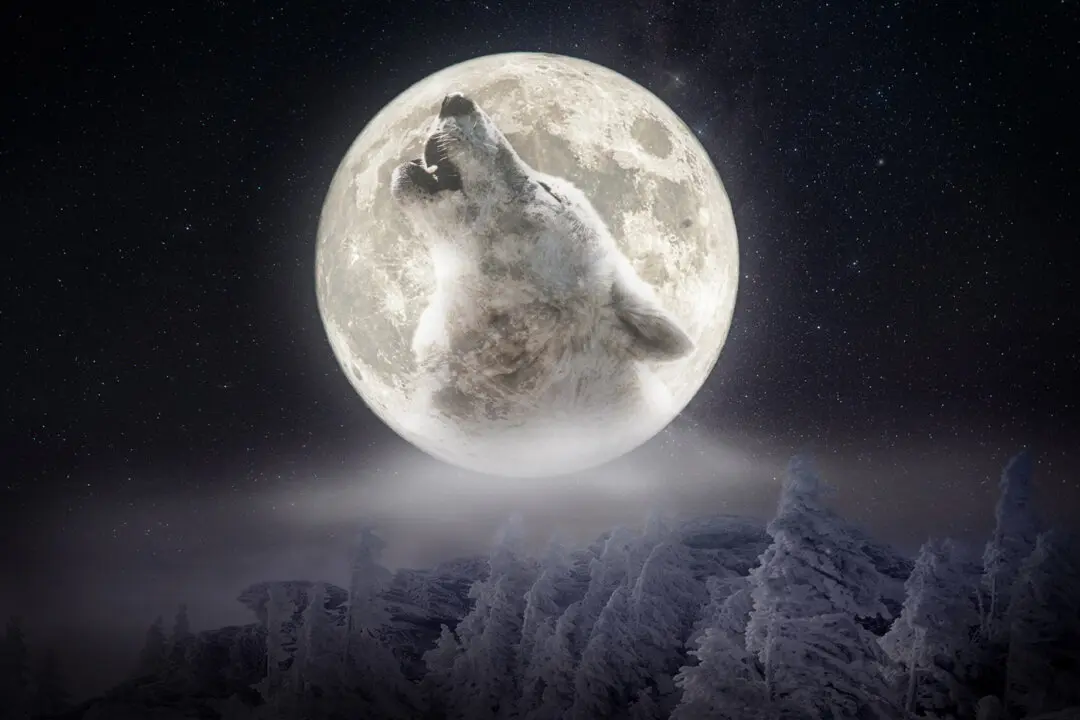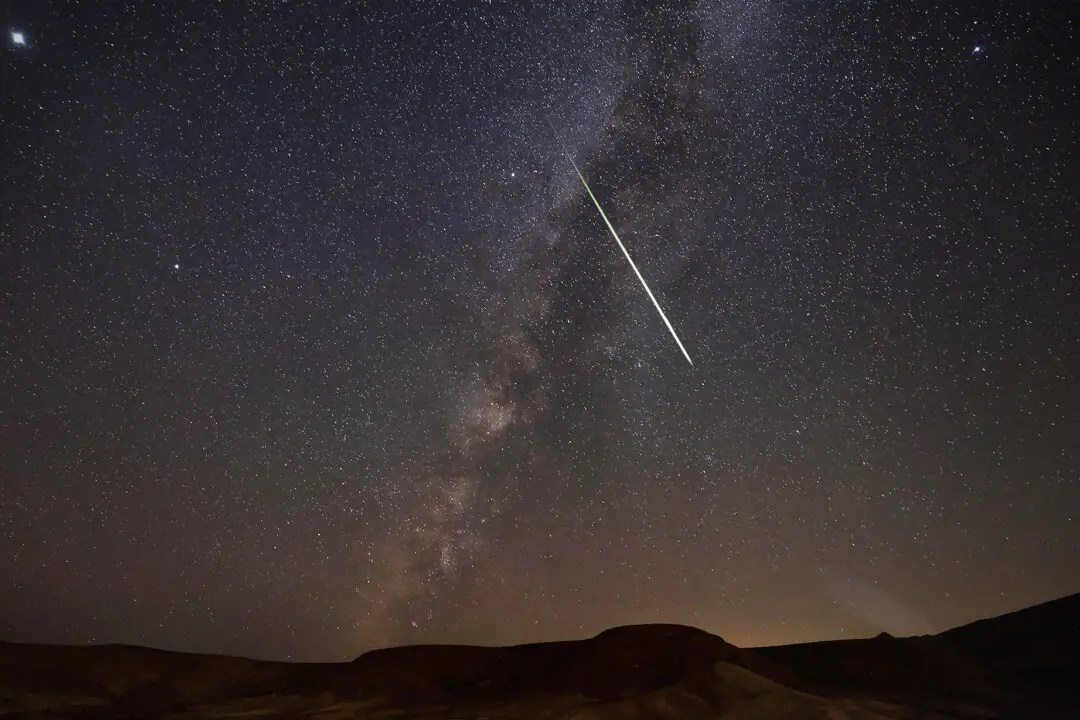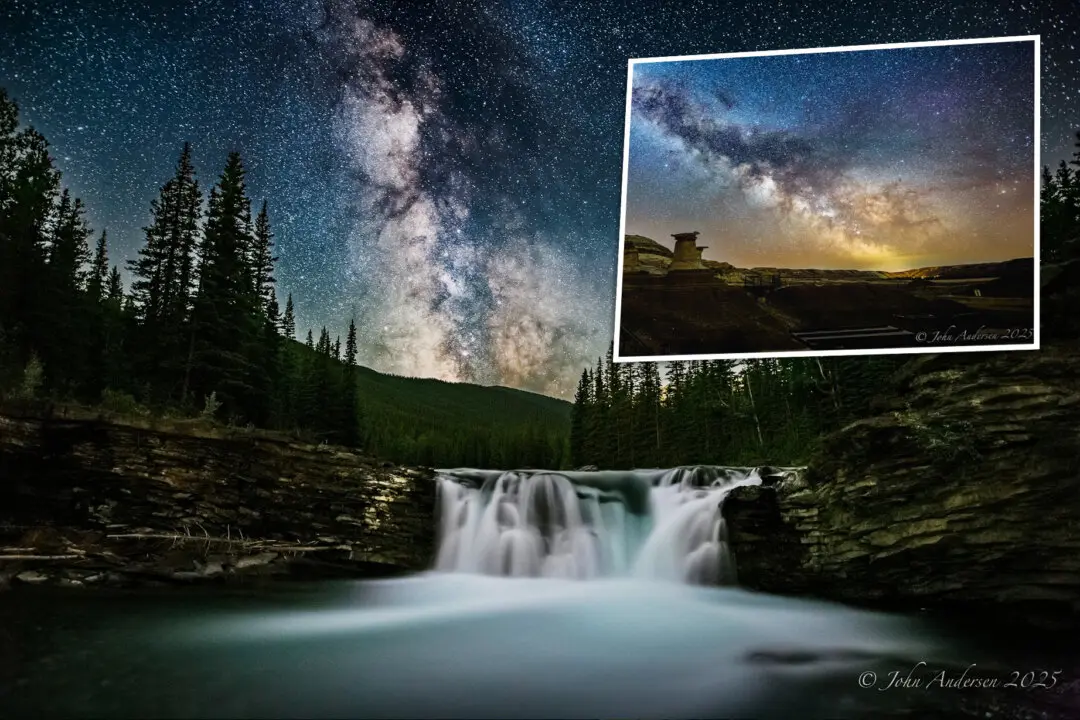The day after the twin towers fell, John Huvane drove through the tunnel to Manhattan and saw the endless white smoke that permeated the island. Huvane, then a New York City detective who'd just turned 40, stopped his car and asked himself, “Where are you going? You just got out of this.” Then Huvane did what the hundreds of thousands of fellow first responders did in the weeks and months of recovery efforts that followed 9/11.
He drove to work.






